In modern residential construction, light steel houses and cement houses are two common building methods. Each has its own advantages and disadvantages, suitable for different scenarios and needs. So, which is better? This article will compare these two building methods from several perspectives, including structural performance, construction speed, environmental friendliness, living comfort, and economic cost, to help readers better understand their characteristics and differences.
1. Structural Performance
Light Steel House
Light steel houses use light steel frames as the main load-bearing structure, which are strong and flexible. Light steel structures have excellent seismic performance, effectively absorbing and dispersing seismic energy during earthquakes, thereby reducing the risk of building damage. This makes light steel houses particularly advantageous in earthquake-prone areas.
Cement House
Cement houses typically use reinforced concrete structures, which have high load-bearing capacity and compressive strength. Reinforced concrete structures are very stable under normal usage conditions and have good durability, suitable for long-term habitation. However, cement houses do not perform as well as light steel houses during earthquakes, particularly in strong earthquakes where significant cracks or even collapses may occur.
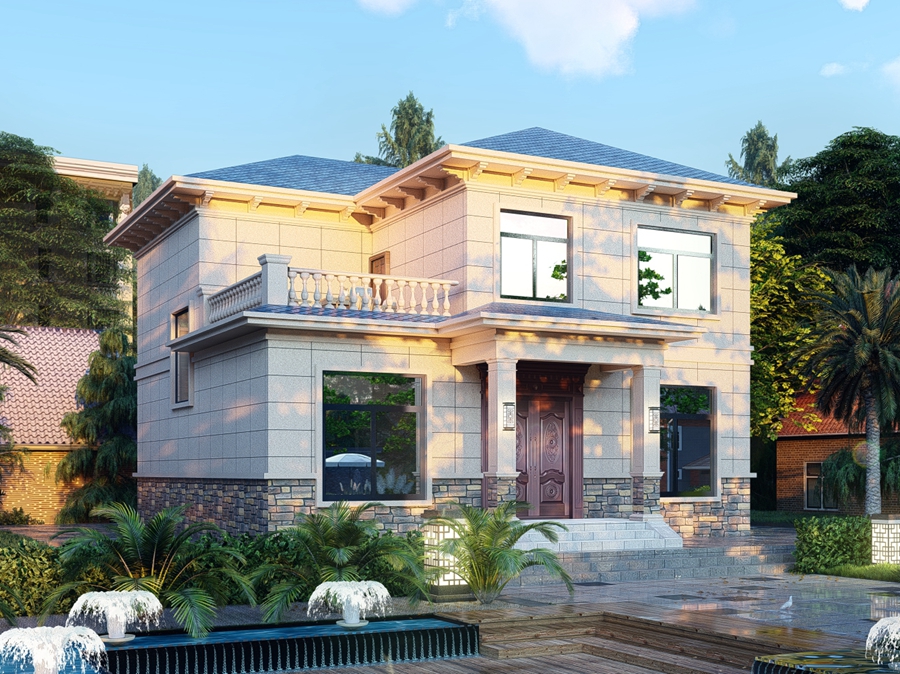
2. Construction Speed
Light Steel House
The construction process of light steel houses is relatively fast. Light steel frames are prefabricated in factories and assembled on-site, significantly shortening the construction period. Generally, the construction time of light steel houses can be halved compared to traditional cement houses. This is particularly advantageous for projects requiring quick occupancy, such as emergency housing and temporary office buildings.
Cement House
The construction period of cement houses is relatively long. Reinforced concrete structures require on-site pouring and a certain amount of time for curing and setting. This makes the entire construction process time-consuming, often taking several months or even longer to complete. Additionally, a large amount of labor and machinery is needed during construction, making site management more complex.
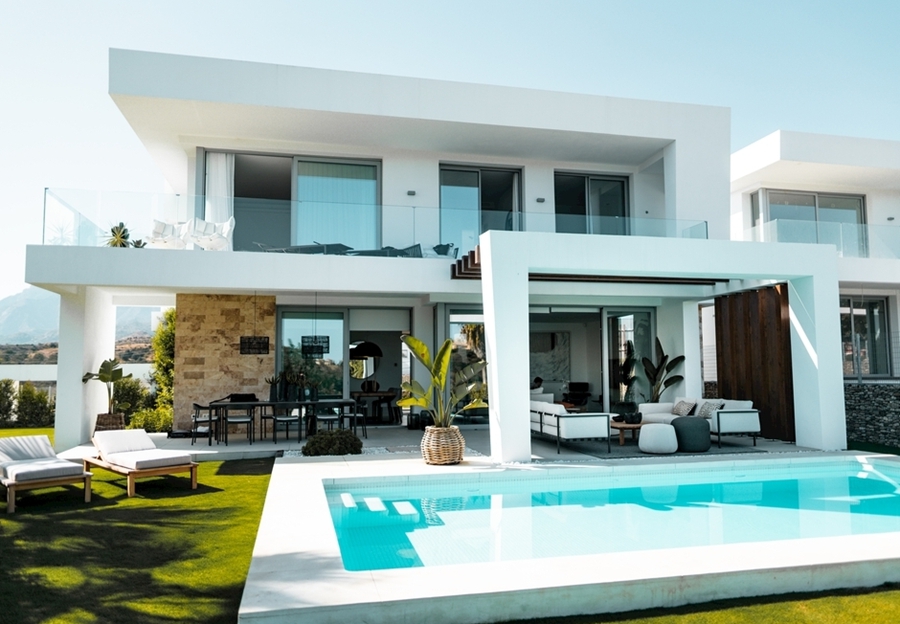
3. Environmental Friendliness
Light Steel House
Light steel houses have significant advantages in terms of environmental friendliness. Light steel materials can be recycled, reducing construction waste. Moreover, the construction process of light steel houses uses less water and generates less noise and dust pollution, aligning with modern green building principles. Light steel houses also have good insulation performance, effectively reducing energy consumption and environmental impact.
Cement House
The construction process of cement houses has a greater environmental impact. Cement production emits large amounts of carbon dioxide, and construction generates significant construction waste and dust pollution. Additionally, the insulation performance of cement houses is relatively poor, leading to high energy consumption for heating in winter and cooling in summer, which is not conducive to energy conservation and environmental protection.
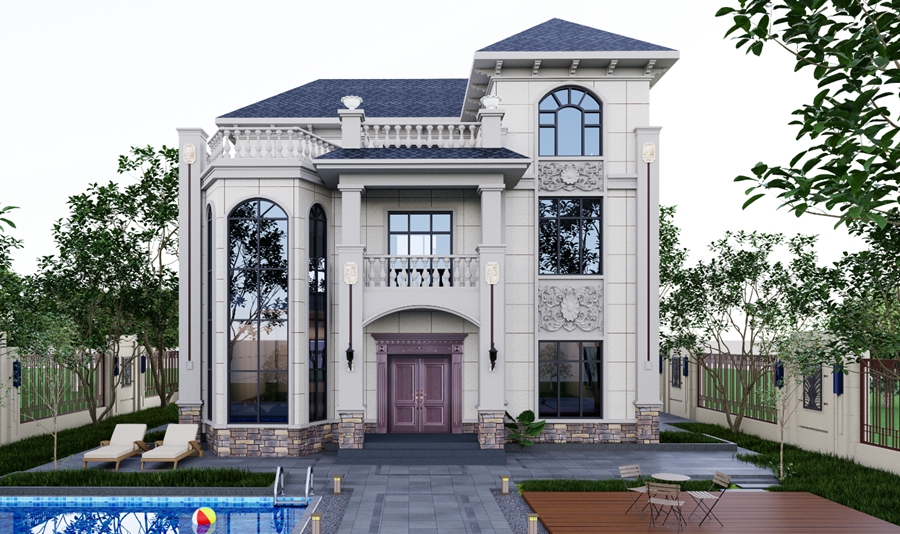
4. Living Comfort
Light Steel House
Light steel houses use lightweight materials with low thermal conductivity, providing good insulation and heat retention. This helps keep the interior warm in winter and cool in summer, enhancing living comfort. Additionally, the flexible design of light steel houses allows for personalized customization according to individual needs, meeting different aesthetic and functional requirements of residents.
Cement House
Cement houses have relatively poor insulation and heat retention, making them susceptible to external temperature influences. To improve living comfort, additional insulation layers or air conditioning systems are often needed, increasing energy consumption and costs. However, cement houses perform well in fire resistance and sound insulation, providing a safe and quiet living environment.
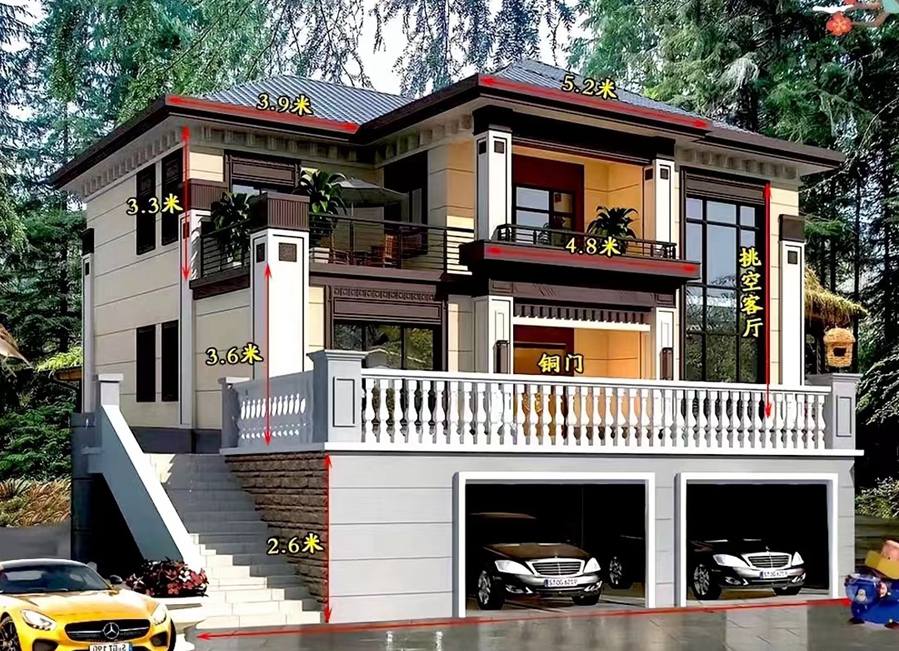
5. Economic Cost
Light Steel House
The initial construction cost of light steel houses is relatively high, mainly due to the cost of materials and technology. However, the fast construction speed of light steel houses can save a lot of labor and time costs. Additionally, light steel houses have low maintenance costs and a long lifespan, offering good economic benefits in the long run.
Cement House
The construction cost of cement houses is relatively economical, with lower material costs and mature construction technology. However, the construction period is long, resulting in higher labor and time costs. Due to poor insulation performance, the energy consumption is high during later use, increasing operational costs.
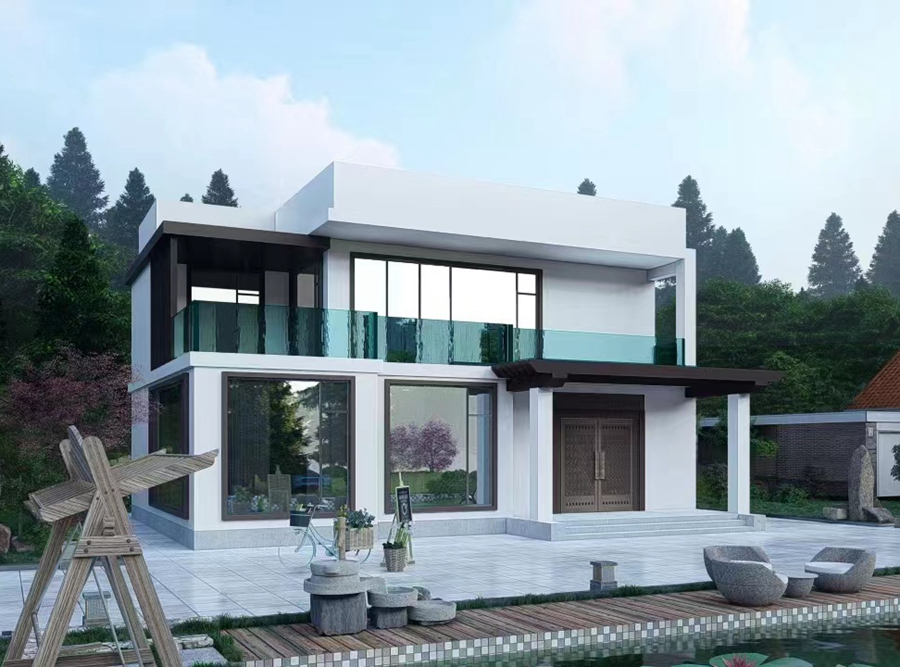
In conclusion, light steel houses and cement houses each have their own advantages and disadvantages, suitable for different scenarios and needs. Light steel houses have advantages in seismic performance, construction speed, environmental friendliness, and long-term economic benefits, making them suitable for quick construction projects and those emphasizing environmental protection. Cement houses perform well in load-bearing capacity, durability, fire resistance, and sound insulation, making them suitable for long-term habitation and heavy construction projects.
When choosing a building method, one should comprehensively consider their own needs, geographical environment, budget, and long-term planning to select the most suitable building method, achieving the best living experience and economic benefits.